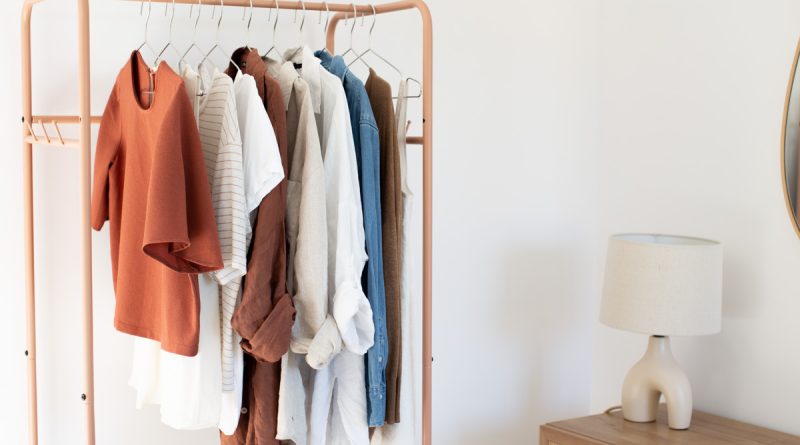Simplifying Your Clothing Choices
Simplifying your clothing choices can make your daily life more streamlined, reduce decision fatigue, and help you cultivate a minimalist wardrobe. Here are some tips to simplify your clothing choices:
- Assess Your Wardrobe: Begin by assessing your current wardrobe. Take inventory of what you have, including clothing, shoes, and accessories. Identify items that you love, wear frequently, and feel comfortable in, as well as those that no longer fit or reflect your personal style.
- Define Your Personal Style: Clarify your personal style by considering what makes you feel confident and comfortable. Identify the colors, patterns, and silhouettes that resonate with you. Having a clear understanding of your style preferences will help you make intentional choices when shopping and organizing your wardrobe.
- Declutter Unnecessary Items: Remove items from your wardrobe that no longer serve you. Let go of clothes that don’t fit, are damaged beyond repair, or haven’t been worn in a long time. Consider donating or selling items that are in good condition to minimize waste and extend their lifecycle.
- Create a Capsule Wardrobe: Consider creating a capsule wardrobe, which consists of a limited number of versatile, high-quality pieces that can be mixed and matched to create various outfits. Choose items that work well together and can be easily layered. This approach simplifies decision-making and ensures that you have a functional and cohesive wardrobe.
- Embrace Timeless and Classic Pieces: Invest in timeless and classic pieces that transcend trends and can be worn for multiple seasons. These staples, such as a well-fitting pair of jeans, a tailored blazer, or a little black dress, can be the foundation of your wardrobe and easily paired with other items.
- Stick to a Neutral Color Palette: Consider incorporating a neutral color palette into your wardrobe. Neutrals like black, white, gray, beige, and navy are versatile and can be mixed and matched effortlessly. They also help create a cohesive and timeless aesthetic.
- Limit Shopping and Impulse Purchases: Minimize the number of new clothing items you purchase and avoid impulse buying. Before making a purchase, ask yourself if the item aligns with your personal style, if it complements your existing wardrobe, and if it serves a specific purpose. Focus on quality over quantity and prioritize pieces that will last longer.
- Mindful Shopping: Practice mindful shopping by considering the ethical and sustainable aspects of the brands and garments you’re purchasing. Look for brands that prioritize fair trade, sustainable materials, and ethical production practices. Shopping with intention reduces waste and supports responsible fashion.
- Organize Your Wardrobe: Keep your wardrobe organized and easily accessible. Arrange items by category, such as tops, bottoms, dresses, and outerwear. Within each category, consider organizing by color or type. This organization method allows you to quickly identify and select the items you want to wear.
- Embrace Versatility: Choose clothing items that can be dressed up or down and worn for different occasions. Versatile pieces give you more flexibility and reduce the need for a large wardrobe. Experiment with different styling options to maximize the use of each item.




